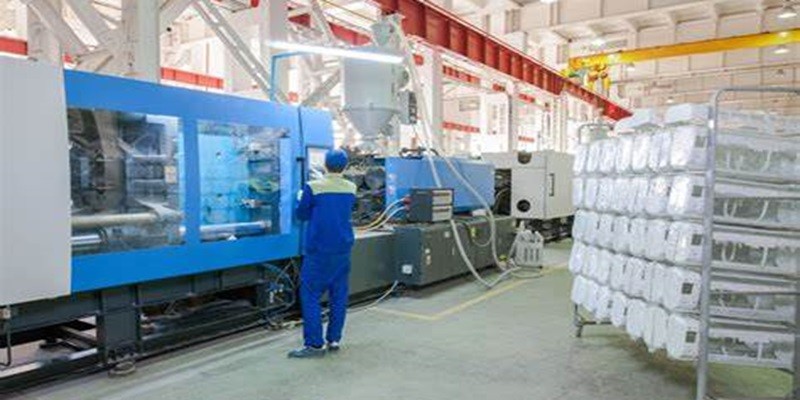Maximizing Efficiency in Plastic Injection Molding
Maximizing efficiency in plastic injection molding is a crucial factor in maintaining competitive advantages in today’s fast-paced manufacturing industry. As demand for precision and cost-effectiveness grows, businesses rely on innovative practices and technologies to deliver high-quality results while minimizing waste and downtime.
Leaders in plastic injection molding consistently set benchmarks by optimizing every stage of the process, from material selection to mold design and production techniques. This article explores key strategies and insights that can elevate injection molding operations.
Table of Contents
How to enhance the efficiency of plastic injection molding?
By prioritizing efficiency, companies can not only meet tight deadlines and budgets but also reduce environmental impact, reinforcing their reputation for reliability and excellence. Here’s how:
1. Invest in advanced technology
The rapid advancement of injection molding technology has paved the way for faster and more efficient production. Modern injection molding machines equipped with features such as energy-saving drives, real-time monitoring, and automation capabilities allow manufacturers to streamline operations. Robotic arms and automated material feeders reduce cycle times and ensure consistent results, eliminating the risks of human error and material waste.
In addition to machinery, adopting simulation software during the design phase can significantly enhance efficiency. Mold flow analysis, for instance, helps engineers predict potential issues, such as warping or sink marks, before production begins. Addressing these problems early reduces costly delays and ensures smoother operations.
2. Prioritize mold design and maintenance
Efficient mold design is a critical factor in injection molding. A well-designed mold minimizes material usage, shortens cycle times, and ensures uniformity in the final product. Factors such as wall thickness, cooling channels, and gate locations must be carefully optimized to achieve the best results.
Regular mold maintenance is equally important. Over time, they can develop wear and tear, leading to production defects and downtime. Implementing a preventive maintenance schedule ensures they remain in peak condition, reducing unplanned interruptions and improving the overall reliability of the production line.
3. Optimize material selection
Choosing the right material for a project is another vital aspect of maximizing efficiency. Factors such as the material’s melting temperature, viscosity, and strength influence the molding process and the final product’s quality. Selecting materials that flow easily and cool quickly can shorten cycle times and reduce energy consumption. Additionally, recycling or reusing plastic scrap where feasible can contribute to cost savings and sustainability efforts.
4. Enhance process monitoring and quality control
Continuous monitoring of production parameters is essential for maintaining efficiency. Modern injection molding machines are equipped with sensors and data collection systems that track variables such as pressure, temperature, and cycle time. Analyzing this data in real-time allows manufacturers to identify and address deviations from optimal conditions quickly.
Implementing rigorous quality control measures ensures consistent output while minimizing waste. Automated inspection systems, such as cameras or laser scanners, can detect defects in real-time, preventing defective parts from progressing further in the production process.
5. Focus on workforce training
Even with the most advanced technology, a skilled workforce remains essential to achieving efficiency. Properly trained technicians and operators can identify potential issues, troubleshoot problems, and optimize machine settings. Regular training sessions ensure that employees stay updated on the latest technologies and best practices in injection molding.
6. Leverage sustainable practices
Incorporating sustainable practices is not only an environmental responsibility but also a path to efficiency. Using energy-efficient machinery, reducing plastic waste, and sourcing eco-friendly materials can lower costs while promoting environmental stewardship. Manufacturers can also implement closed-loop systems to recycle and reuse scrap plastic, reducing raw material consumption and waste disposal expenses.
7. Implement lean manufacturing principles
Lean manufacturing focuses on eliminating waste and maximizing value. Applying lean principles to injection molding involves minimizing material waste, reducing cycle times, and streamlining workflows. Techniques such as Just-in-Time (JIT) production and 5S organization can help manufacturers improve productivity and reduce operational costs.

